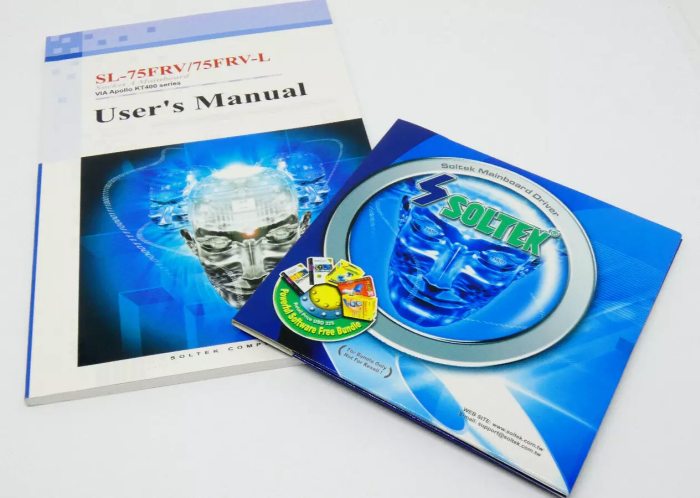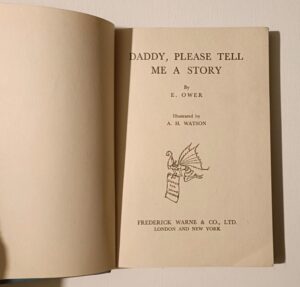New Tech Collection : The Appeal of Vintage Motherboard Manuals
Collecting old manuals for motherboards, also from defunct manufacturers like ABIT, EPOX, Soltek, and Leadtek Winfast is an intriguing venture that taps into a niche market of vintage computing enthusiasts. These manuals not only serve as historical artifacts but also as valuable resources for restoring and understanding older hardware.
#############Nostalgia and Historical Tech Significance
The allure of vintage manuals lies in their connection to a bygone era of computing. Many collectors are driven by nostalgia, recalling the days when these motherboards powered early personal computers. Manuals from manufacturers that no longer exist, such as ABIT, Soltek and EPOX, carry a unique charm, representing a time when the tech landscape was more diverse and less dominated by a few large corporations.

##########The Beauty of Cover Art
Design Aesthetics: The cover art of these manuals often reflects the design trends of their respective eras, ranging from bold graphics and vibrant colors to more minimalist styles. Many covers feature:
Branding Elements: Logos and brand colors that evoke a sense of identity and loyalty among users. For example, ABIT’s covers often include their signature blue and yellow color scheme, which stands out on a shelf.
Imagery: Illustrations or photographs of the motherboards themselves, showcasing their intricate designs. This can be particularly striking for models that were innovative for their time.
Typography: Unique fonts and layouts that capture the technological spirit of the period. The use of futuristic fonts or technical jargon can evoke excitement about the capabilities of the hardware.

Historical Context Each manual’s cover serves as a snapshot of the technological advancements and marketing strategies of its time.
For instance, early 2000s Manuals often feature dynamic graphics and flashy designs aimed at capturing the attention of gamers and tech enthusiasts.
1990s Manuals may exhibit more subdued designs but still reflect the burgeoning excitement around personal computing, often incorporating elements that hint at the capabilities of the motherboard.

###########Rarity and Collectibility
As technology advances rapidly, older hardware becomes obsolete, leading to the disposal of many manuals. This scarcity enhances the value of surviving documents. Rare manuals—especially those associated with limited-edition motherboards or unique features—can fetch significant prices among collectors. For instance, specific models from ABIT or EPOX that were popular in their time are now considered collectibles.
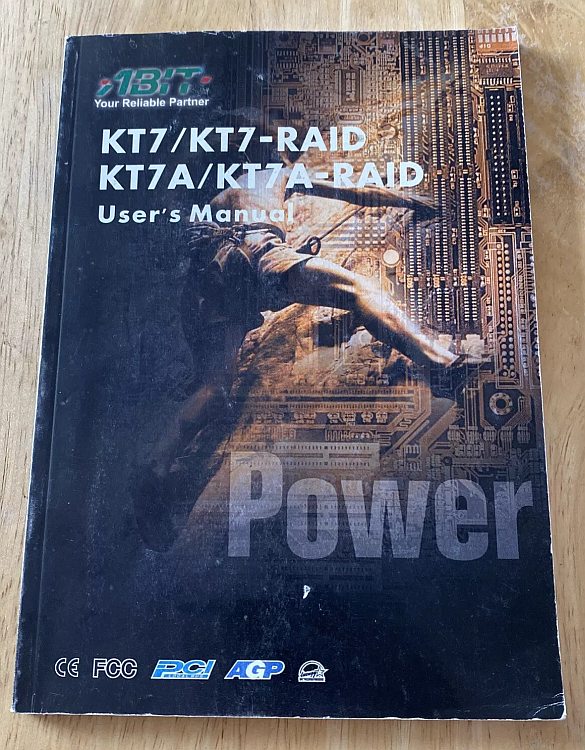
## Market Trends and Future Value
The market for vintage computer manuals is influenced by several factors:
Growing Interest in Retro Computing: There has been a resurgence in retro computing, with enthusiasts seeking to restore and utilize old hardware. This trend increases demand for original documentation.
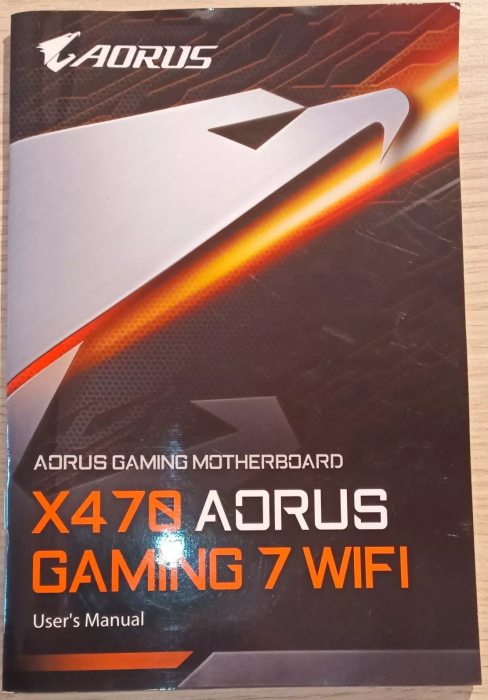
Online Communities and Auctions: Platforms like eBay and specialized forums facilitate the buying and selling of vintage manuals. Collectors often share their finds, which can drive prices up for particularly sought-after items.
Condition and Completeness: The value of a manual also depends on its condition (mint vs. used) and whether it includes original packaging or supplementary materials, such as driver disks or warranty cards.
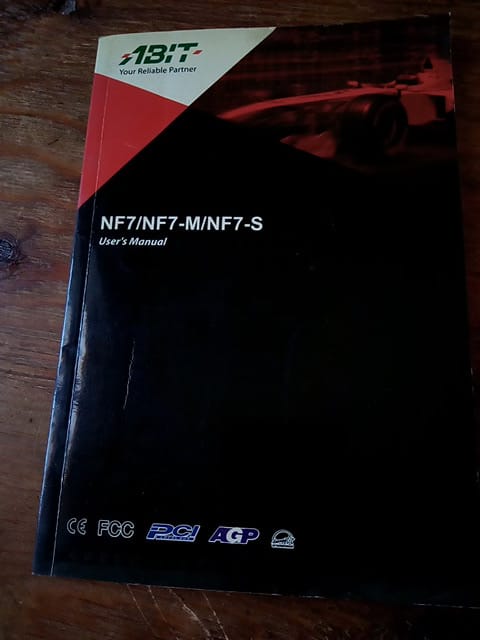
### Estimated Future Value
Estimating future values for these collectibles is challenging due to fluctuating market dynamics.
However, based on current trends: Manuals for more common models may range from $5 to $20. Manuals for rare models can command prices between $50 to $200, depending on demand and condition.

Extremely rare items or those with historical significance could potentially reach values upwards of $500 or more, particularly if they are tied to iconic models or have unique features that resonate with collectors.
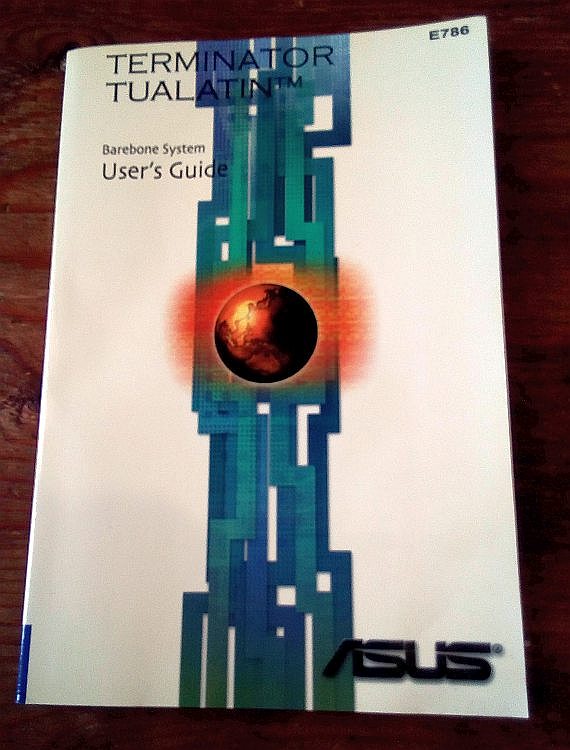
The combination of nostalgia, historical significance, and aesthetic appeal makes these items not just useful resources but also captivating pieces of technological history that reflect the evolution of computing design. As interest in retro computing continues to grow, these manuals—especially those with striking cover art—are likely to appreciate in value over time.
Collectors not only preserve the history of computing but also contribute to the ongoing appreciation of vintage technology.

